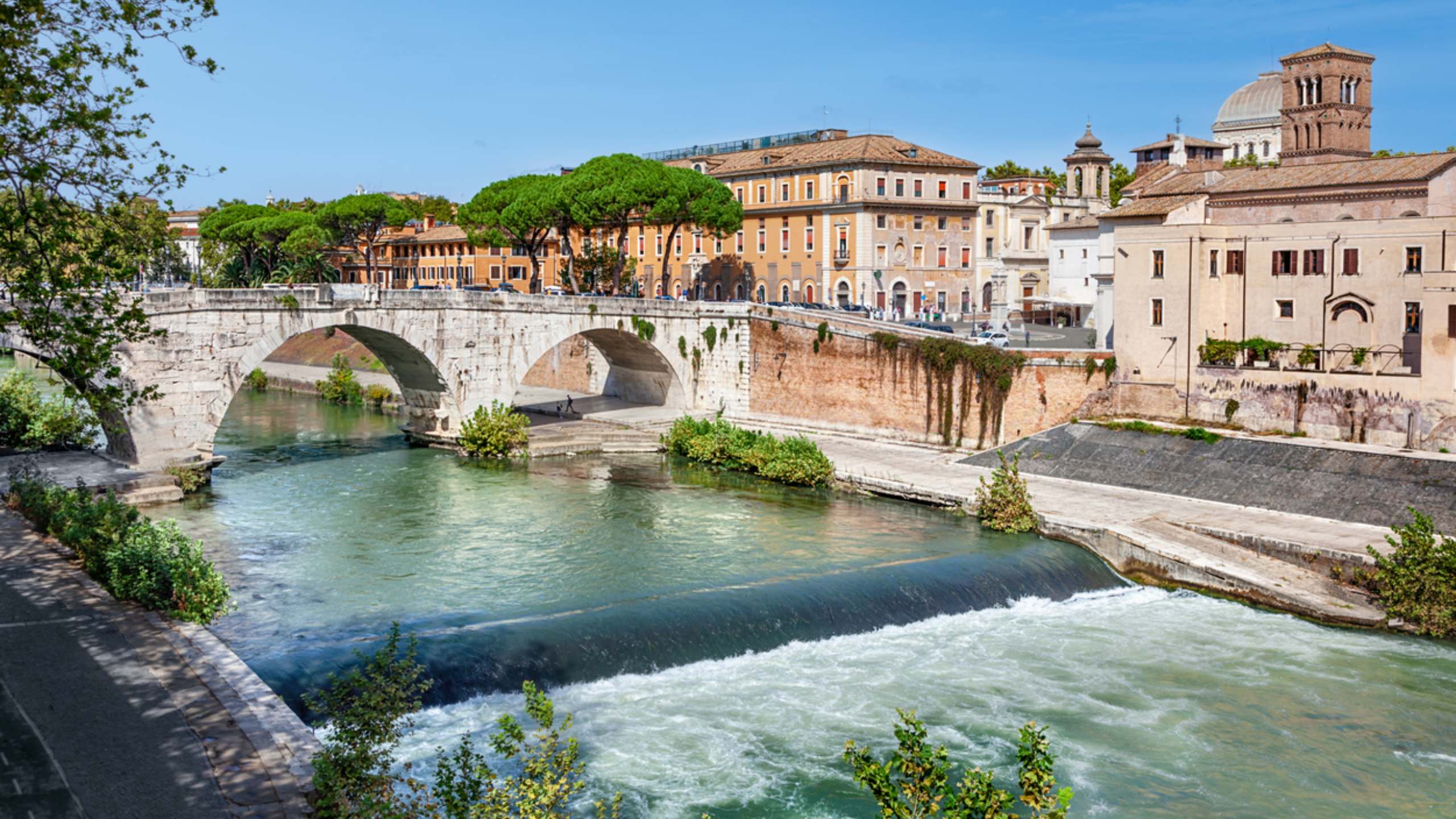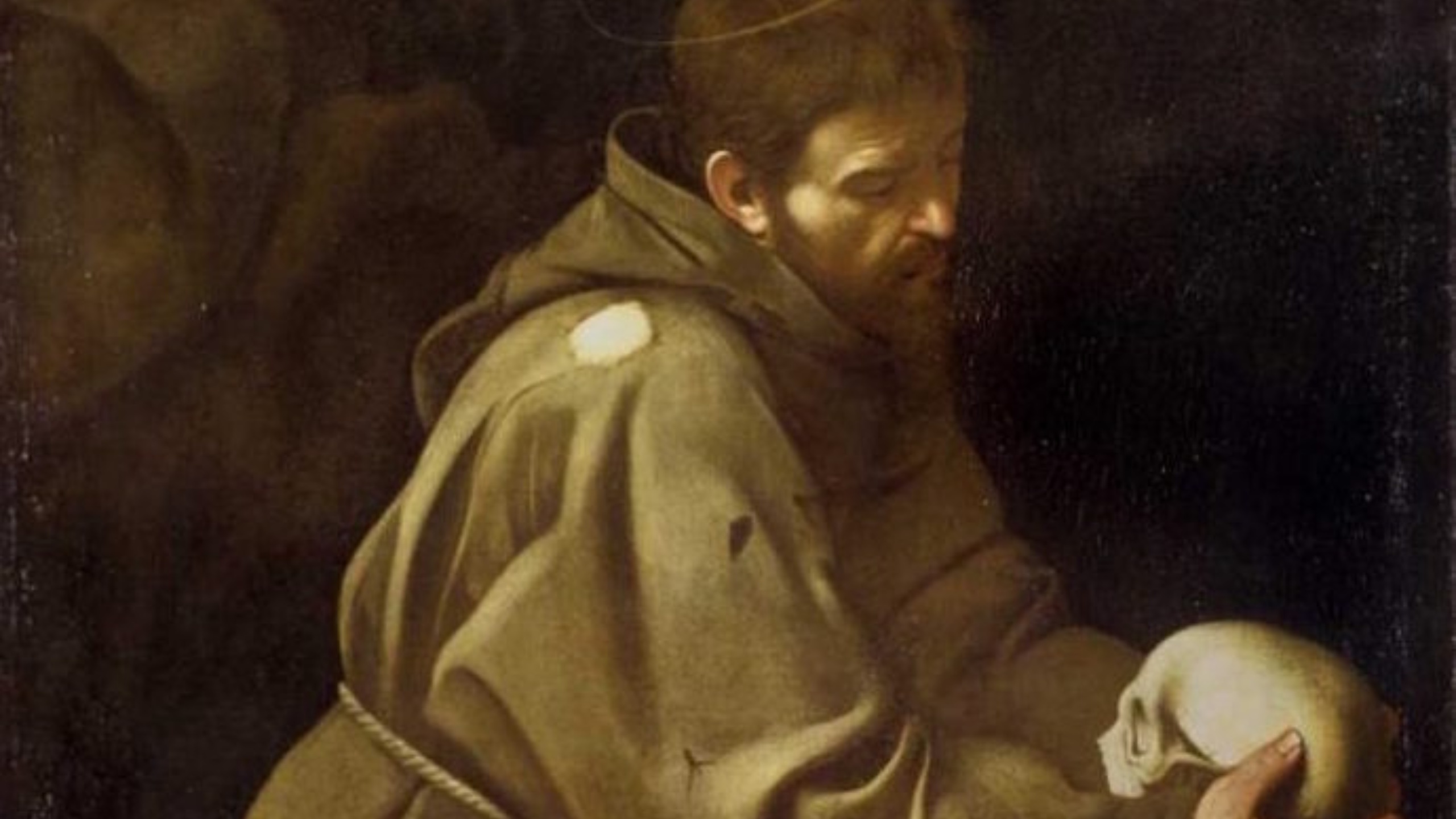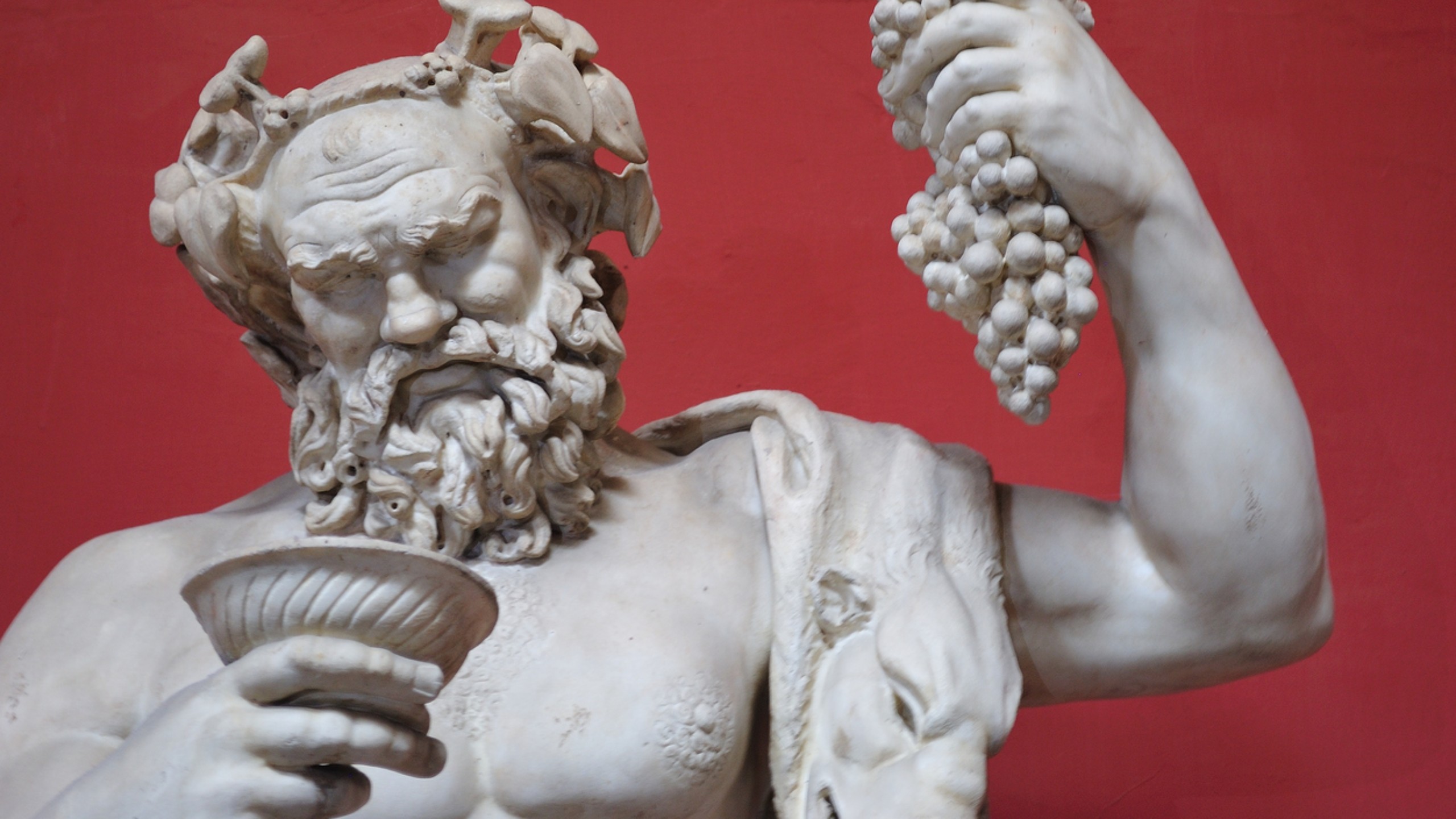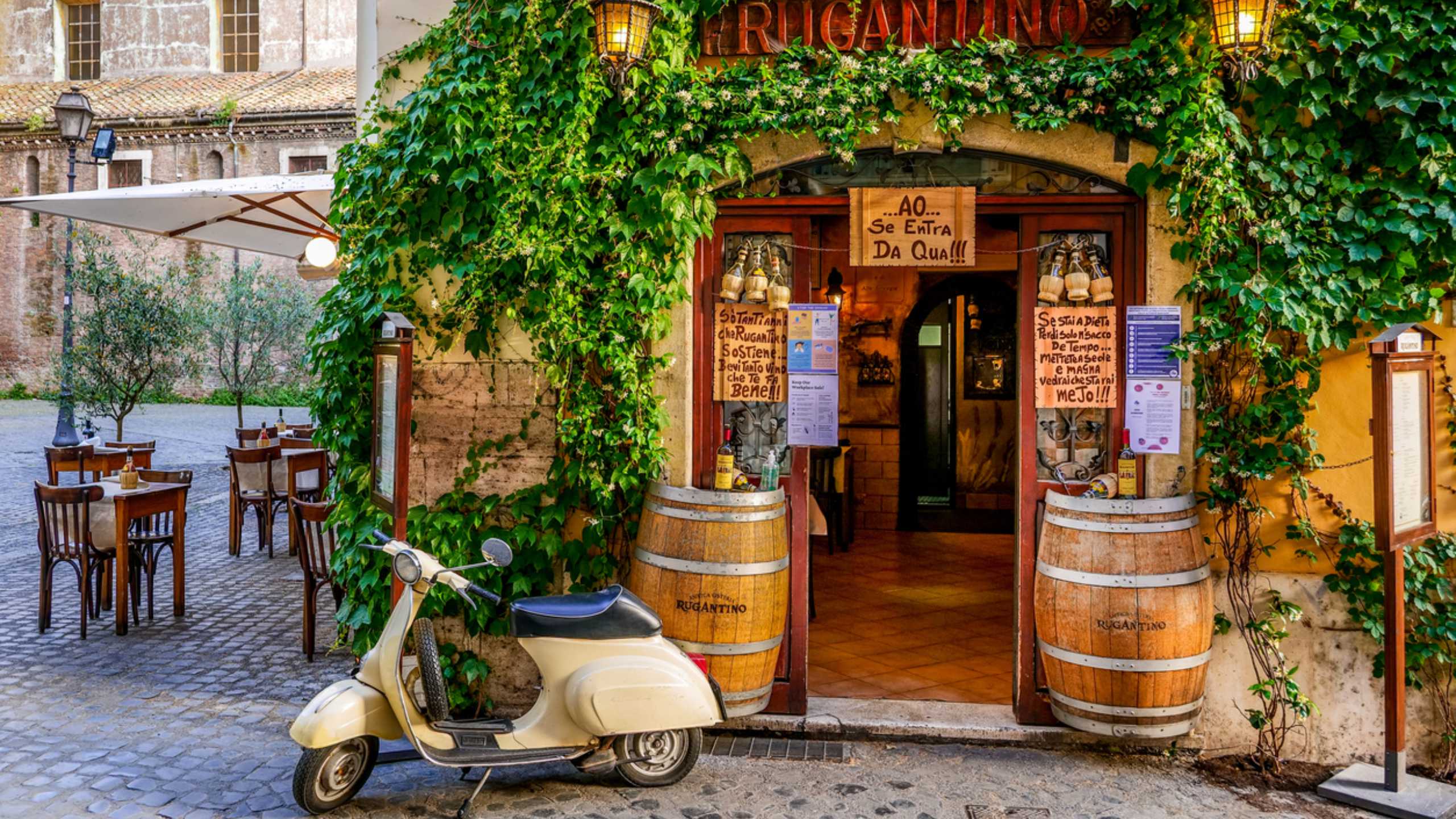Bernini vs Borromini: The rivalry became legend
Two architects and sculptors who occasionally create together, sometimes finish each other’s projects and from time to time exchange ironic messagges – still visible in their (art)works. To the point of giving birth to real fanbases, as often happens in Italy: Michelangelo vs. Leonardo (not to mention Bramante and Raffaello), Caravaggio vs. Carracci, Verdi vs. Wagner… The reason of this rivalry? From our mansion, built by Borromini but inside which there are frescoes made by Bernini, let’s go find out.
Two opposite characters
Born and grown up in a privileged neapolitan environment, Bernini benefits from the paternal influence and acquaintances in Rome. We are talking about a father permanently engaged in the promotion of his son, who – in addition to the passion for architecture and sculpture – passes on to Gian Lorenzo also the art of what we would call today “public relations”. Bernini is in fact charismatic but also courtier: a trait that will allow him to obtain truly prestigious assignments in the Eternal City, and just think about Saint Peter Square’s Colonnade.
Borromini, coming from the Italian-speaking Swiss canton Ticino, has a private character, decidedly more austere, religious to the point of chastity and very little inclined to social rituals. Sent at only 9 years old by his father to Milan to learn the art of the stone carver, reason for which he works at the Factory of the Duomo at a very young age, he will arrive in Rome on foot – in the manner of pilgrims, finding asylum in convents along the way.
The two meet first on the construction site of Barberini Palace, then at the Factory of Saint Peter Basilica: Bernini is only one year older but he is already famous, thus takes both the predominant role and the largest part of the salary - “extra” commissions included. Differences arise, of temperament and approach. Differences still visible today, especially in two works: Saint Carlino Church – requested by Mendicant Friars, where Borromini creates a true architectural miracle with very little money, travertine, bricks and stucco - and Saint Andrew on the Quirinal Church, commissioned with the benevolence of the Pope, where (with a lot more space and money) Bernini can use marbles, gold and bronze.
Beyond the different personalities, the two destinies will be played out by their relationships with the Popes: first Paolo V and Urbano VIII (a member of Barberini family), both favorable to Bernini, then Innocenzo X - rival of the Barberini thus choosing Borromini -, finally Alessandro VII, who will bring Bernini back into vogue.
Authors’ skirmishes
The first one, removed by the Pontifical Authority for reasons of public decency and decorum; the second one, still here – raising a smile each time that, looking from the Four Rivers’ Fountain to the Sant’Agnese in Agone Church, it is noticed and told.
Let’s start with the Propaganda Fide Palace. As he had succeeded to obtain the commission for the work and the building was located in front of Bernini’s house, Borromini sculpts two large donkey ears on Palace’s facade: a way of saying to his rival what he thinks about his abilities. In reply, Bernini sculpts on the cornice of his own building a gigantic phallus ponting to Borromini’s construction site.
And now, Navona Square. To Borromini, the construction of the Church; to Bernini, that of the Fountain representing the major rivers from the four known at the time Continents: Danube for Europe, Ganges for Asia, River Plate for America and the Nile for Africa. Well, River Plate makes a curious gesture with his hand, as of fear that the Church might any time collapse and crush him, while the Nile’s face is veiled – according to the legend of the rivalry between the two, to avoid seeing “the horror” of that Church’s curved facade. Actually, the Fountain predates the Church by a few years and the veil concerns the mistery about the source of the “King of Rivers”, but what Beauty would be without the legend?
Truths remains, in stone and History. In this case, of two rival geniuses who still talk to each other through their masterpieces. Around our historic mansion, ten works of Italian Baroque which we told you about in our previous article; from the terrace, a sight on at least three and, from our rooms, on at least two; inside the building, as we mentioned, architecture by Borromini and frescoes by Bernini.
A silent spectacle of “blows and answers” in time and space, towards which staying at Eitch Borromini it’s like having the central seat in the front row.







